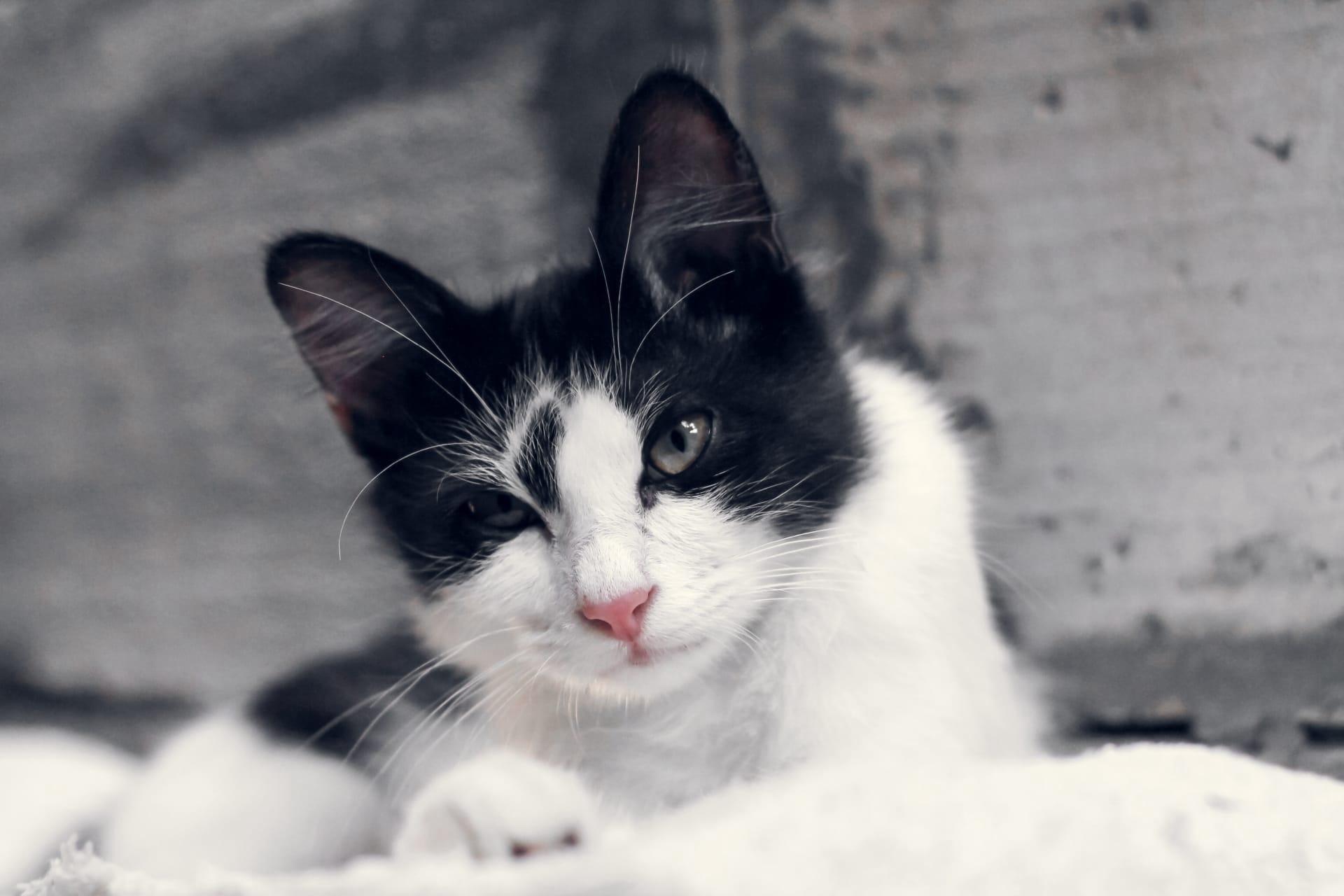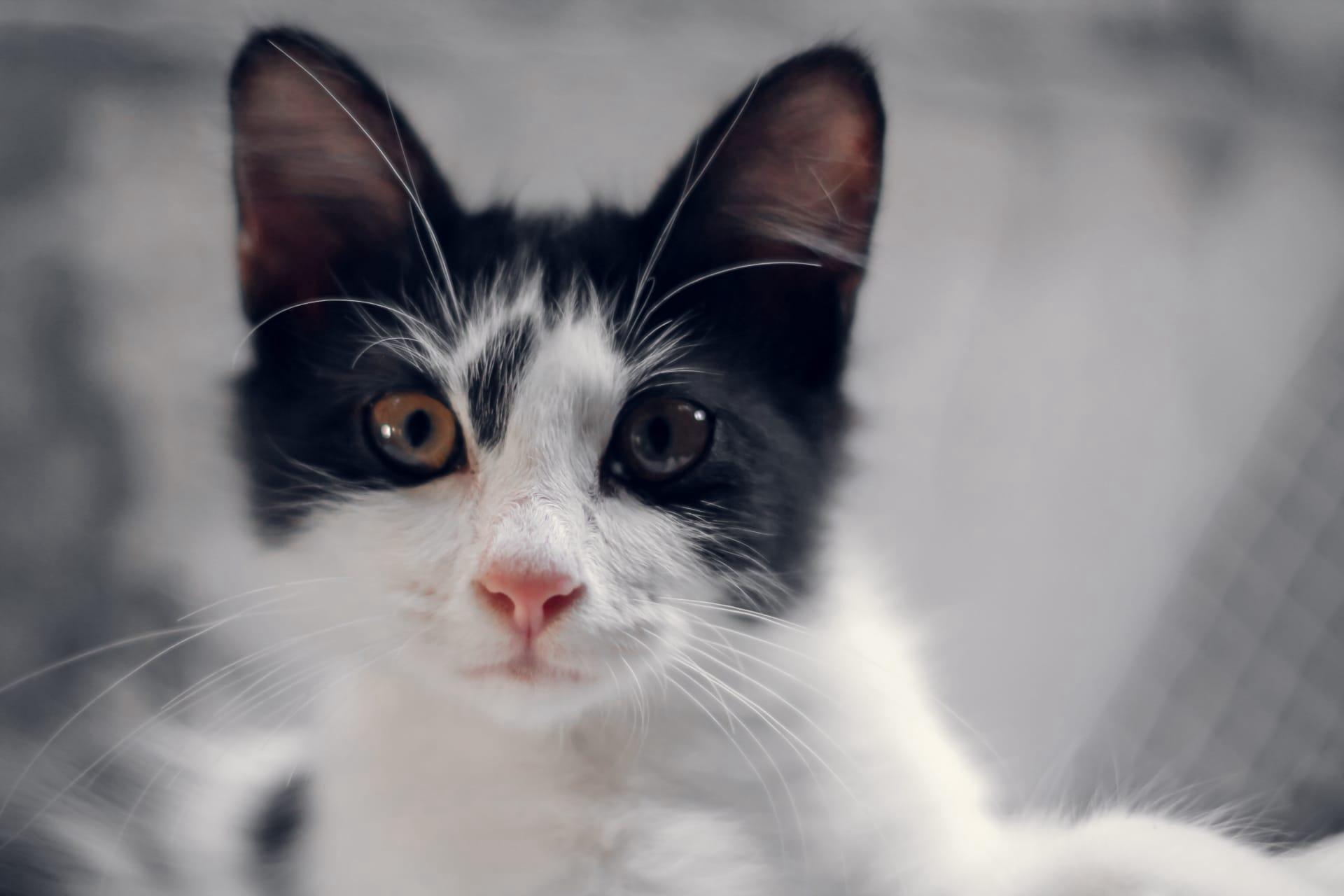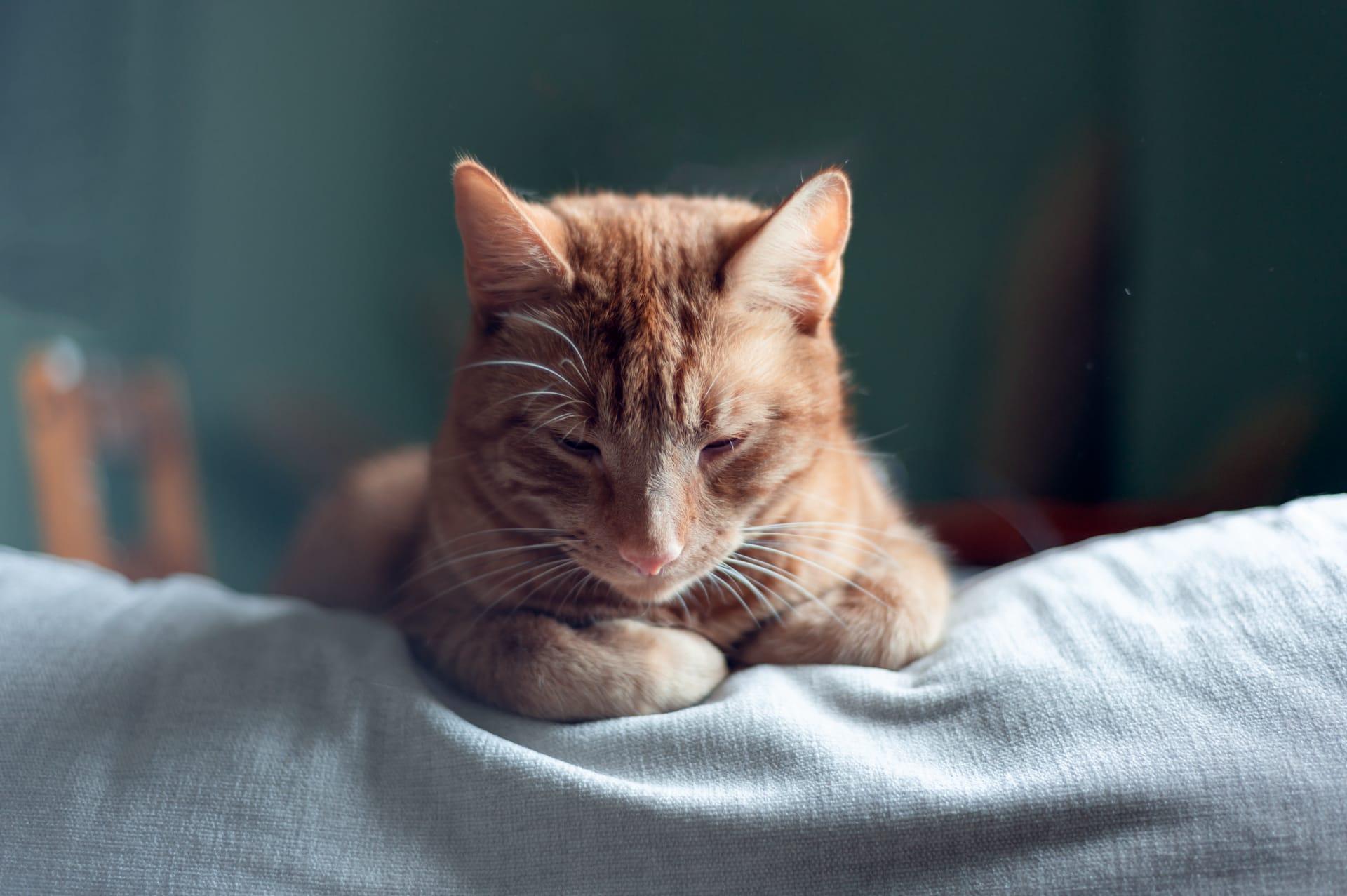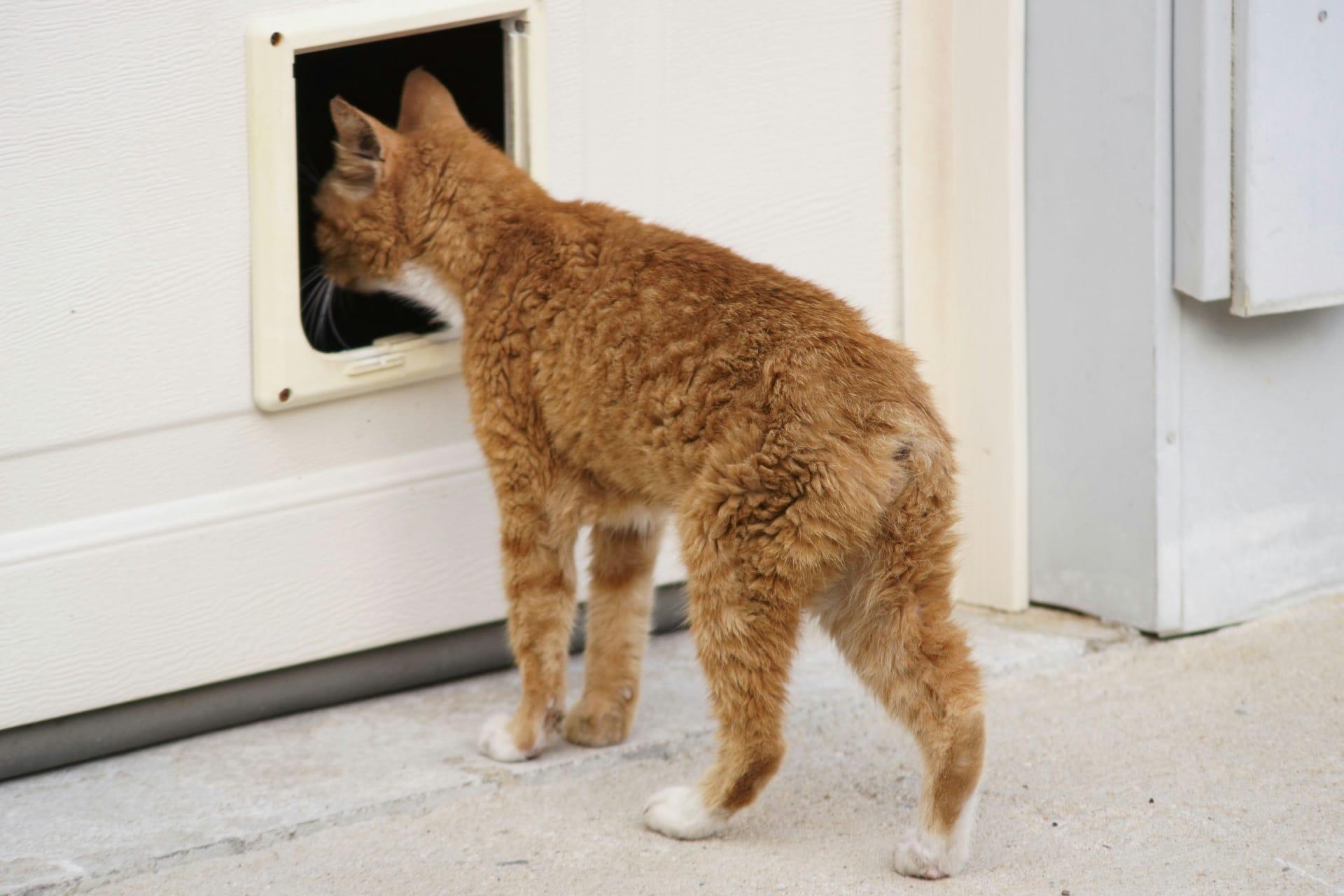1
The Manx cat, renowned for its unique taillessness, owes this distinct trait to a genetic mutation that has been passed down through generations. Originating from the Isle of Man, the degree of taillessness in these cats varies widely. Some Manx cats are completely tailless, referred to as "rumpies," while others have a small stub, known as "stumpies." The absence of a tail in Manx cats is not just a cosmetic difference; it results from a mutation in the M gene. This genetic quirk can also affect their spinal structure, sometimes leading to a distinctive gait that resembles a hop rather than a typical feline stride. The variation in tail length among Manx cats is not purely random but is influenced by the dominance of the gene mutation, making each Manx cat's appearance uniquely its own.
Manx cats are not only fascinating for their taillessness but also for their robust and rounded physique. These cats exhibit a solid build, with a broad chest, a rounded head, short front legs, and a deep flank. Adult Manx cats can weigh between 8 to 12 pounds (approximately 3.6 to 5.4 kilograms), showcasing a muscular and compact body. Their powerful hind legs are significantly longer than their front legs, enabling them to jump great heights and run with surprising speed. This physical attribute gives the Manx cat an exceptional hunting prowess, making them excellent mousers. The combination of their powerful build and agility has contributed to their popularity not just as pets but also as working cats on farms and ships, where their hunting skills are highly valued.

2
Another intriguing aspect of the Manx cat is its coat variety and color diversity. Manx cats can have either short or long fur, known respectively as the Shorthair and Longhair (or Cymric) varieties. Their coat comes in a wide range of colors and patterns, including white, black, blue, red, cream, and various shades of silver, as well as tortoiseshell and tabby patterns. This extensive color palette is complemented by their coat's dense, double-layered texture, which provides not only a plush appearance but also insulation. The variety in their coats means that Manx cats can adapt to different climates, their thick fur offering protection against colder environments.
The Manx cat's sociable and friendly nature makes it an excellent companion animal. These cats are known for their dog-like behaviors, such as following their owners around the house and showing loyalty to their human families. Manx cats are also recognized for their intelligence and playful disposition. They are easily trainable and can learn to perform tricks or fetch toys, much like dogs. This combination of affectionate temperament and interactive behavior has made the Manx cat a beloved pet among cat enthusiasts. Their ability to form strong bonds with humans and other pets alike contributes to a harmonious household, making them a perfect choice for families and individuals seeking a sociable and engaging feline friend.

3
One of the lesser-known facts about Manx cats is their contribution to the folklore and legends of the Isle of Man. The Manx cat is often featured in tales that explain its taillessness, with one popular legend suggesting that they were the last animals to board Noah's Ark, and as the door closed, it cut off their tails. This story, among others, highlights the cultural significance of the Manx cat on the Isle of Man, where it is considered a symbol of pride and heritage. The folklore surrounding these cats not only enriches their mystique but also illustrates the deep bond between the Manx people and this unique breed.
The Manx cat's genetic mutation also has an impact on its litter size and reproductive health. The gene responsible for their taillessness is linked to a range of health issues, including spina bifida, a condition where the spine does not develop properly, leading to neurological problems. Because of this, Manx cats often have smaller litter sizes compared to other cat breeds, and breeders must be particularly cautious when breeding to ensure the health of the kittens. This aspect of the Manx cat underscores the importance of responsible breeding practices and awareness of genetic health in preserving the well-being of this distinctive breed.

4
Despite their robust appearance, Manx cats are predisposed to certain health conditions due to their unique genetic makeup. Apart from spina bifida, they are at risk for Manx syndrome, a collection of birth defects that may include spinal malformations, urinary tract issues, and digestive problems. These conditions are more prevalent in cats that are completely tailless (rumpies). Prospective Manx cat owners are encouraged to adopt from reputable breeders who conduct health screenings and provide medical histories for their cats. This ensures that the cats lead healthy, active lives despite their genetic predispositions.
The Manx cat's reputation extends beyond its physical traits and into its role in various competitions and shows. Recognized by major cat fancier associations, the Manx cat competes in special categories that accommodate its taillessness. Judges evaluate these cats based on specific criteria that consider their unique body structure, including the absence of a tail, muscular build, and coat quality. The Manx cat's participation in these events not only showcases the breed's beauty and grace but also raises awareness about its distinctive characteristics and history. Through competitions, the Manx cat continues to captivate and charm cat lovers and judges alike, securing its place in the world of feline excellence.

5
Manx cats have a distinctive vocalization pattern, often described as a trill or a chirp, differing from the typical meow of other cat breeds. This unique sound adds to their charm and personality, making them even more endearing to their owners. Their vocal expressions are a way for Manx cats to communicate with their human families, conveying everything from contentment to curiosity. The nuances in their sounds can vary widely among individual cats, providing a fascinating aspect of their behavior for owners to observe and engage with.
The Manx cat's adaptability to various living environments makes it a versatile companion. Whether in a bustling city apartment or a spacious country home, Manx cats thrive in diverse settings. Their calm and adaptable nature allows them to adjust to changes in their environment with ease, making them suitable for various lifestyles. This adaptability, combined with their affectionate demeanor and low maintenance grooming needs (particularly the shorthair variety), makes the Manx cat an ideal pet for a wide range of households. Their capacity to blend into different home settings, coupled with their playful and loving personality, ensures that the Manx cat remains a favored choice among cat enthusiasts around the globe.